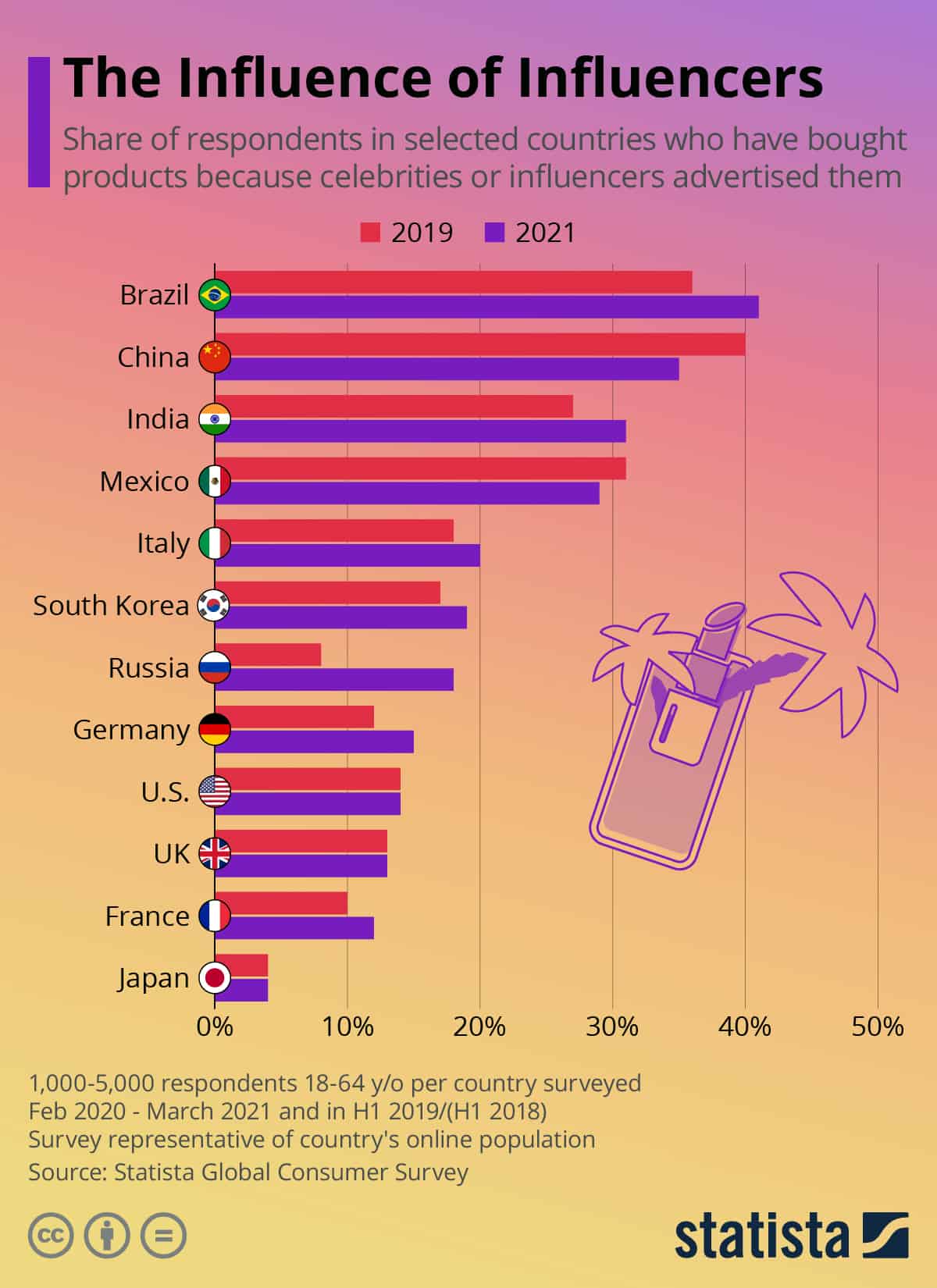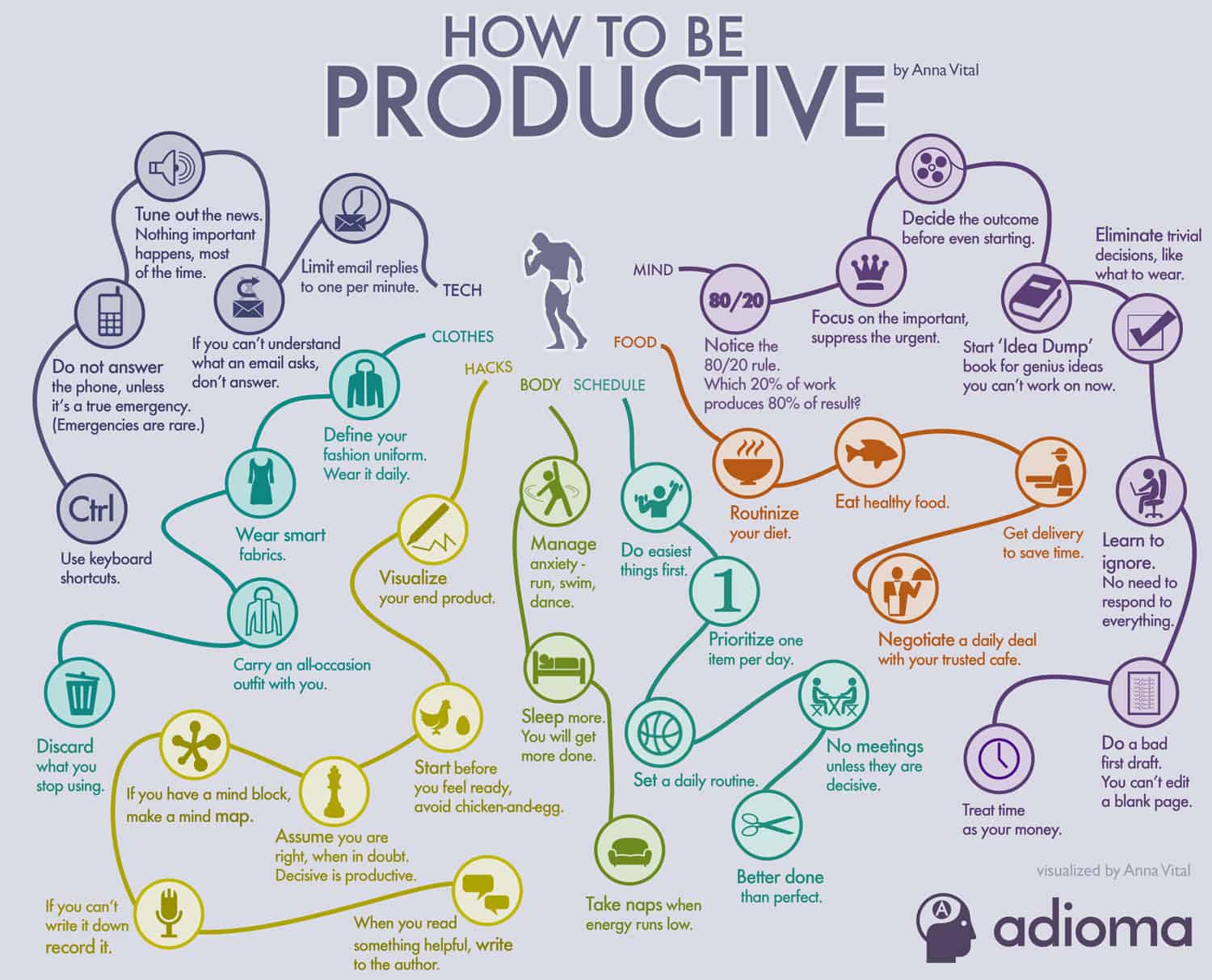
Generational divides come about for many reasons with technological changes being a big factor. Kids nowadays live lives that would have been quite literally unthinkable half a century ago. Cultural shifts play a role as well. However, less attention is paid to one of the biggest factors to shape people’s attitudes, opinions, and knowledge across the country: education.
Most Americans have at least a vague sense that education is important–after all, it can even save lives. However, fewer people understand the ways in which education has changed since the post-war years. For example, in 1968, school started around 8:30-9:00 am, and kids were in school for 161 days a year. Nowadays, school begins much earlier, between 7:30-8:00 am, and kids spend more days in school, with an average of 180+ days.
Naturally, classrooms have adapted to the tech age, with digital devices and smart boards replacing typewriters and projectors. Some trends, like Evelyn Wood’s push for speed-reading, have fallen by the wayside while other trends, such as social-emotional learning, have become more common. Most importantly, however, is the impact on learning. While kids are spending more time in school than ever before, it’s not clear that the extra contact time has improved results. Perhaps a blend of old and new could provide a fresh path forward in American education.





